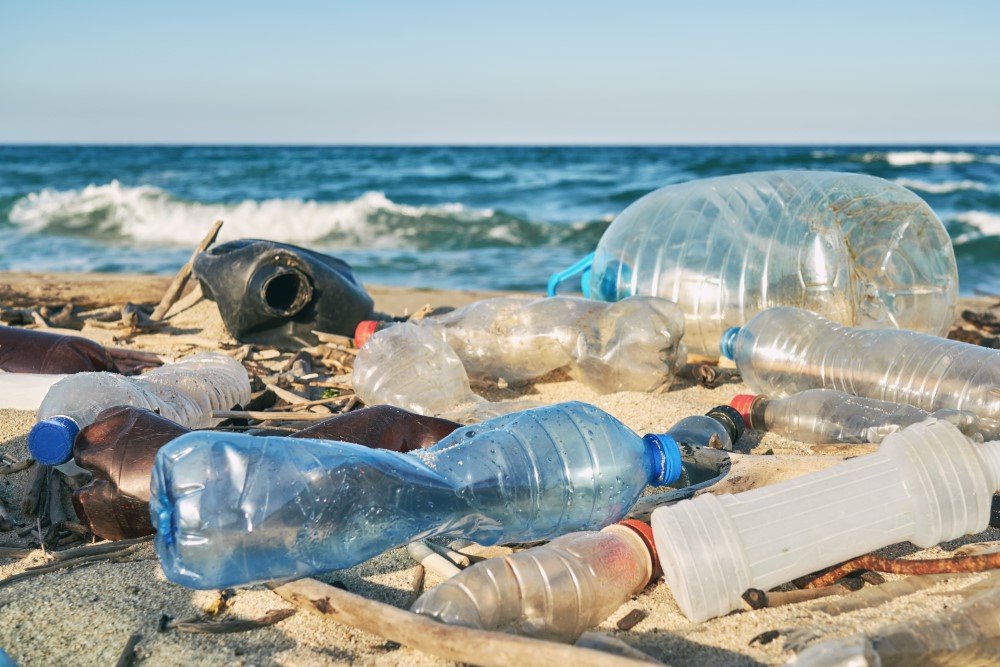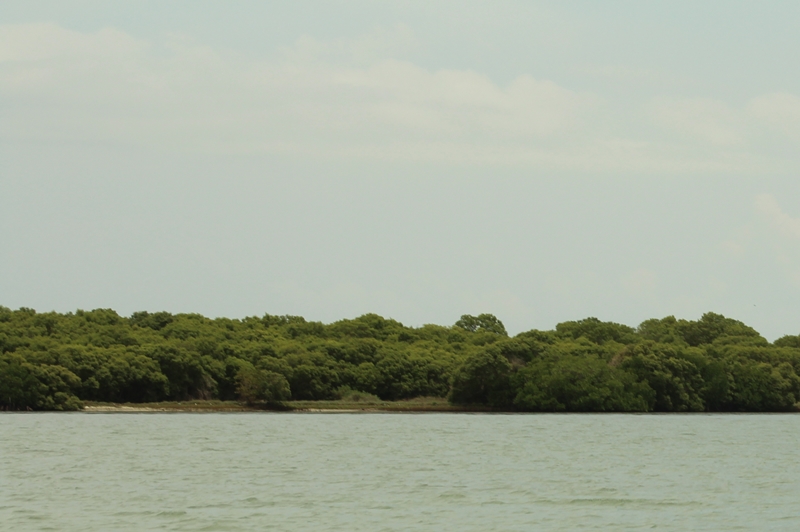Project: marine conservation in Sri Lanka, in partnership with the community
2022 Project Partner: Sri Lanka Wildlife Conservation Society (SLWCS)
Sii Lanka Wildlife Conservation Society is committed to the protection of Sri Lanka’s endangered wildlife through conservation research and community engagement.
Find out more about Sri Lanka Wildlife Conservation Society. Set up a Fundraising Page.
About Sri Lanka Wildlife Conservation Society (SLWCS)
The Sri Lanka Wildlife Conservation Society (SLWCS) was established in 1997 with a mission to enable communities to balance ecosystem protection and economic development by pioneering a model for sustainable conservation. SLWCS is a non-governmental organisation committed to helping people, elephants and other wildlife co-exist peacefully.
Community-Led Conservation
SLWCS practice holistic, community-based conservation methods, based on sound scientific research and the needs of the local people to manage the local ecosystem, protect communities and their livelihoods, and ensure the long-term protection of endangered wildlife.
They conduct scientific research on Sri Lanka’s most endangered wildlife species, including elephants,carnivores, marine life and even butterflies.
Kalpitiya and Sri Lanka’s North-West Coast
A Coastline Under Threat
Solution-based Conservation
There are two main strands to the marine conservation project we are supporting in Kalpitiya – the project is designed on collaborative spirit with elements of eco-tourism, green technology and sustainable community development:
the primary aim is to distribute reusable boat beach rollers to eliminate the dumping of nearly 5 million plastic water bottles into the ocean and lagoon annually;
any additional funds will be used to initiate a mangrove nursery to propagate 15,000+ seedlings. These seedlings will help to establish new mangrove forests – 15,000 seedlings will cover approximately 5 hectares / 30,000 seedlings will cover 10 hectares.
- Reusable Boat Rollers
The short-term aim is to prevent plastic pollution of this scale from happening in Kalpitiya. By distributing reusable boat beach rollers to the target fishing communities we hope to achieve immediate results. Additionally by working cooperatively with the community to raise awareness about the issues we can in the long-term prevent the use of plastic bottles to launch & haul boats.
The Project will be based in an island in the Dutch Bay Government Administrative Division consisting of four fishing villages. The plan is to work with this cluster of fishing villages initially.
- Restoring Mangroves
The local fishing communities, schools and women’s organisations in the area can re-plant the mangroves and restore this vital ecosystem while also helping to combat climate change. Through community participation we hope to raise awareness and encourage local people to become better stewards of the environment which in turn will help to safeguard livelihoods and further develop alternative income opportunities – for example mangrove-based ecotourism/birdwatching/whale and dolphin tours.
Visit Sri Lanka through our responsible travel network>>
Images: EAE and SLWCS







All funds raised during 2022 will contribute to the 2022 Project Fund so please do sign up for a sponsored challenge, support our creative initiatives, or make a donation if you are able to. Every Pound makes a difference. Thank you.





